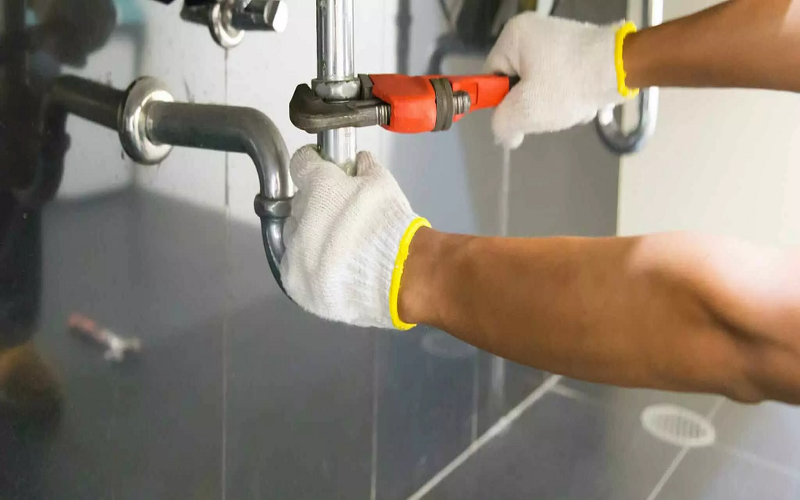Now comes the time when you start feeling cold and don’t just want o waste your whole day procrastinating in your bed, so most of the people start preparing to get their gas pipelines fitted. You can search cheap plumber at Cranbourne for a variety of plumbing services near you. As natural gas pipes can be more dangerous than water pipes if not installed properly, it’s a good idea to hire a professional natural gas plumber.
Here are some facts that you need to know about gas plumbing:
- When to call a plumber:
A registered gas fitter’s specific training and experience are required for many work around your house. Installing, extending, and repairing natural gas lines, as well as installing related appliances, is the job of a natural gas plumber.
A natural gas plumber is qualified to install gas lines for the following purposes:
- Furnaces and HVAC (heating, ventilation, and air conditioning) systems
- Water heaters
- dryers for clothes
- Stoves
- Grills for the outdoors
- Fireplaces
- Hot tubs
- Repairing a gas leak
Natural gas plumbers can work on tasks in practically any room of your house, as well as on your patio or deck area outside, as you’ve seen in this brief list. Larger tasks may necessitate the services of a gas plumber. A gas fitter can help you figure out the best approach to reroute the gas piping and then install the new system to keep your appliances running safely.
- Risers, supply, branch, and drop lines:
Building line is basically the gas supply line that runs throughout the house, through all the walls. Individual appliances are served by branch lines. The branch line finishes in a drop line, which is a vertical pipe that drops down from an overhead branch line to the appliance. Also, it is called a riser when it carries gas from a branch below the appliance to the one that is over it.
- Drip leg, sediment trap, or dirt pocket:
A sediment trap or dirt pocket commonly referred to as a drip leg is typically present at the appliance point of connection and consists of a nipple and a cap. The 3-inch long pipe extension catches water or any other foreign material present in the gas before entering the appliance. These solids and liquids then fall into the pocket just with the use of basic gravity.
- Materials used:
Steel, copper, and brass are the most typical materials for gas piping. Even though copper is prohibited sometimes, brass or CCST can be used. You should be aware of what is considered acceptable in your locality. Black steel piping and the use of galvanized steel are preferred.
- Problems:
On gas piping, the following issues noticed by people and professionals are somewhat seen as common:
- Leaks
- Materials that are not appropriate
- Inadequate assistance
- Rusting
- Leg with no dripping
- A shut-off valve is missing.
- Connections that are incorrect
- Above-grade exposure of plastic pipe
- Chimney piping and duct systems
- Tubing made of copper that hasn’t been correctly labeled



